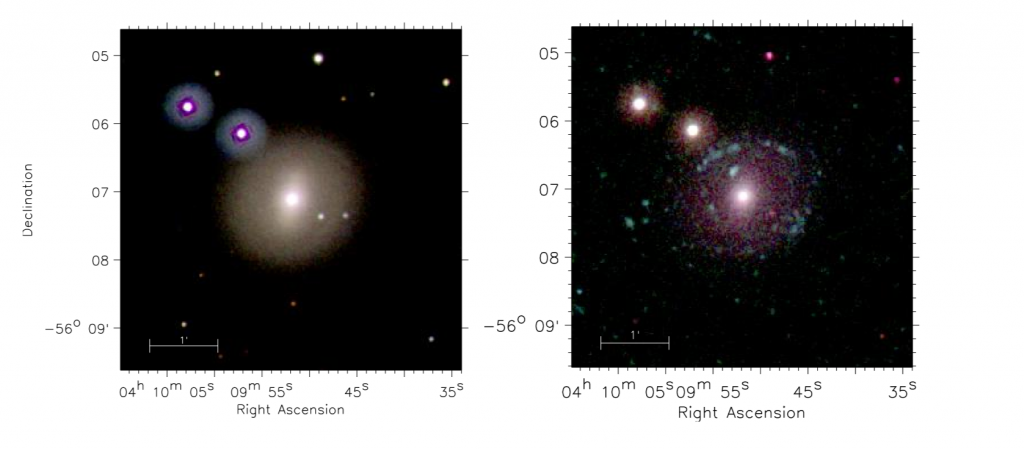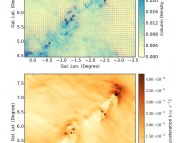Authors: R. Rampazzo, P. Mazzei, A. Marino, M. Uslenghi, G. Trinchieri, and A. Wolter
First Author’s Institution: INAF Osservatorio Astronomico di Padova
Status: Accepted for publication in Astronomy & Astrophysics, open access
Introduction
Early-type galaxies: much-maligned, misnamed, and misunderstood. Maligned for being boring (including by me), misnamed by tradition (the old idea was that formless elliptical blobs settle down into ‘late-type’ spirals: more-or-less the opposite of the truth), but misunderstood? I’ll explain.
You see, early-type galaxies (ETGs) encompass a wide range of galaxy types, from elliptical to lenticular, which all appear to have one thing in common: they’re dead as a doornail. At least, that is, in the sense that they are no longer forming any stars. A galaxy is essentially a really big collection of stars held together by gravity: thus, a galaxy that isn’t forming stars is ultimately doomed. Those stars will eventually die, and then what you have isn’t really a galaxy anymore, but rather just a collection of burnt-out cinders. But are all ETGs really like this? Or are some of them not quite as dead as they might first appear?
The Paper
For this paper, eleven ETGs were observed at ultraviolet (UV) wavelengths using the Swift space-telescope. UV observations are particularly useful for studying low-level, ongoing star formation because the brightest stars at these wavelengths are high mass and short-lived. Thus, UV observations are most sensitive to these stars, which must have formed recently.
The authors were principally interested in the structure of these galaxies. In particular, while the galaxies are pretty featureless in visible light (as is typical for ETGs) they were seeking interesting sub-structures in the UV images, such as rings or spiral arms. These stick out like a sore thumb in certain of their images (see the figure), revealing that these galaxies still play host to at least some ongoing star formation. Moreover, such structures ought to appear in galaxies that have recently suffered the indignity of a collision with another, lesser galaxy. They are akin to ripples spreading out from the impact site. All in all, such features show up in six of the galaxies they look at. These galaxies might look dead to the casual viewer, but the reality is they are still stirring faintly.

NGC 1533 is a particularly good example. The left panel shows an image in visible light, in which the galaxy appears to be pretty much a boring, featureless blob (the bright points around it are stars in our own galaxy and thus unrelated). However, in the right panel (an ultraviolet image) a wealth of subtle substructure is revealed! These structures, somewhat reminiscent of spiral arms, are regions where some star formation is still ongoing (Fig.7 in the paper).
Conclusions
The evidence is mounting: far from being rare, this study of a handful of galaxies suggests that many ETGs have recently experienced a minor star formation event of some sort. This rejuvenation of apparently quiescent galaxies seems to be due to the arrival of fresh fuel for star formation, delivered by collisions with minor galaxies. This takes us beyond a simple picture in which galaxies fall neatly into two categories (‘alive’ and ‘dead’): it seems that some linger on, living off a drip-feed of fresh gas.





Trackbacks/Pingbacks